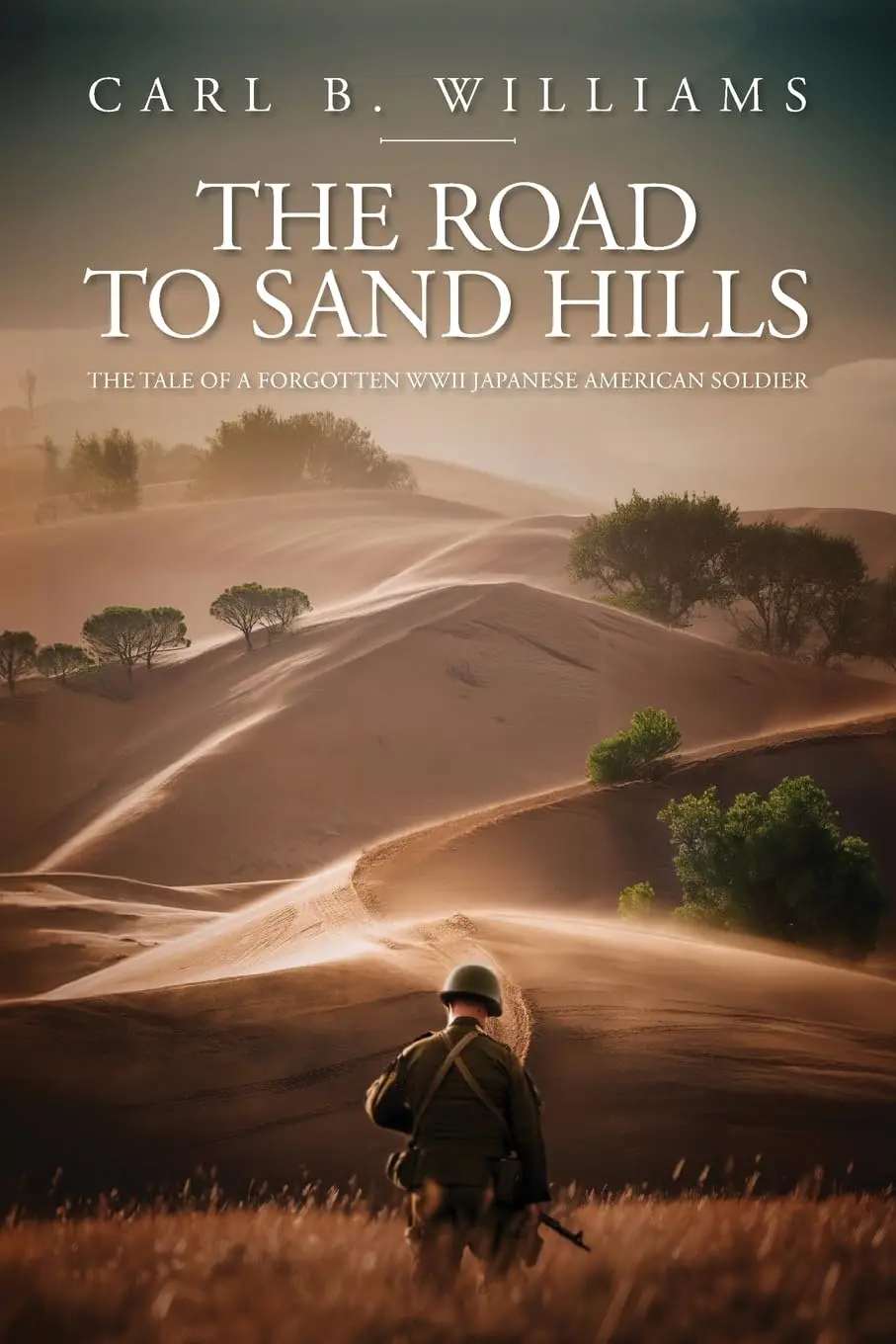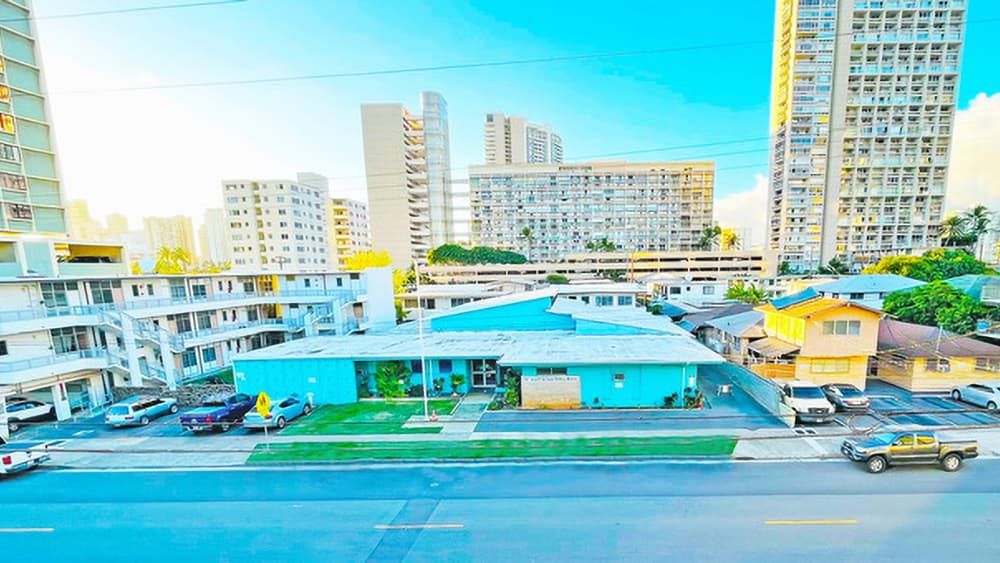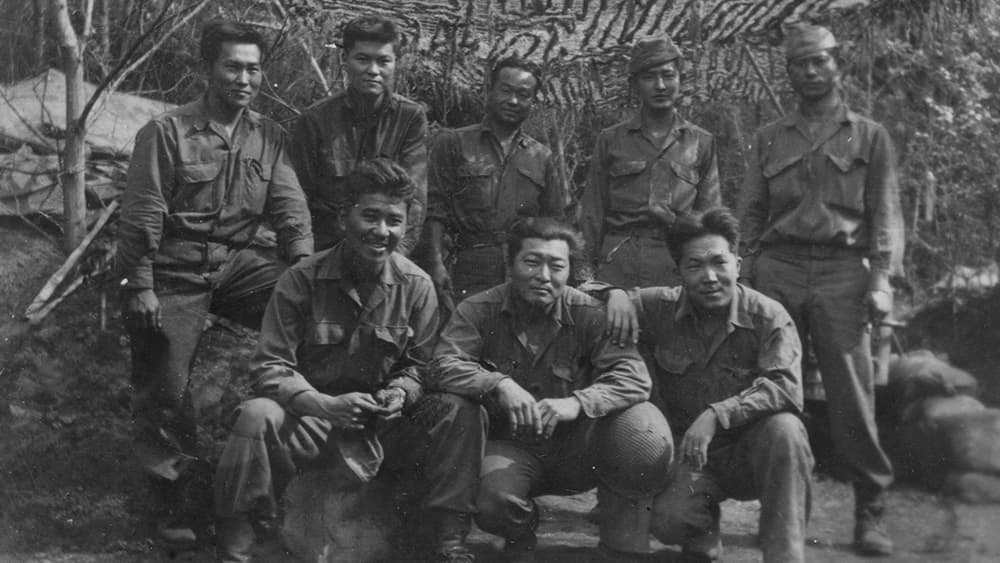The Vosges
The residue of ancient conflicts saturates the very air and soil of the fog-shrouded Vosges. Indeed, it is a part of everything that is the Vosges.
The Vosges is a place where one cannot pass without breathing in its essence and hearing the faint distant echoes of cannon. And, when the wind is just right, one still may hear the dim cries of those whose blood has transformed these forested hills into hallowed ground.
And in this sacred place, now frequented only by the living, remain the spirits of its defenders, ever ready to again arise in its defense.
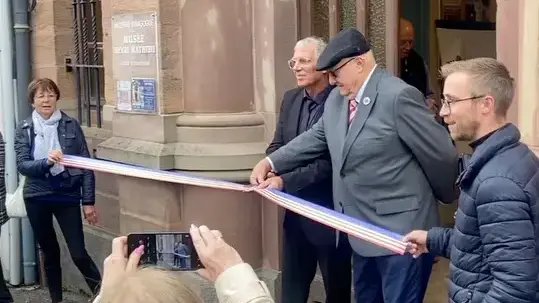
Grand Opening Exhibition
On October 18, 2024, during the celebration of the 80th Anniversary of the liberation, the Heroes of the Vosges Museum opened at the Musee Henri-Mathieu in Bruyères, France. The museum honors the 100th/442nd and the French Resistance. Admissions is free and all exhibits are in both French and English. See you there!

Museum Objectives
Preserve
To preserve protect and display the artifacts and stories of the members of the 100th/442nd Regimental Combat Team and the French Resistance who, together, liberated Bruyères, Belmonte, Biffontaine and rescued the Lost Texas Battalion.
Teach
To teach future generations that freedom is never guaranteed and often calls for great sacrifice.
Create
To create an economically beneficial destination attraction for the town of Bruyères.
Keep Alive
To keep alive, for all who visit Bruyères, the heroic stories and lessons that are now part of the Vosges.
Museum Advisory Panel
Allen Kamemoto
Allen Kamemoto is a retired Financial Planner, COL US Army Reserves (ret), active in Hawaii Rotary and two Heritage Clubs, and is a student of genealogy. He is the son of Sgt. Kazuo Kamemoto, a member of the 100th Infantry Battalion who was wounded in Italy. Married to Carol Kamemoto, a retired Elementary School teacher. He and his wife live in Honolulu, Hawaii.
Linda Ono
Linda Ono is a retired Contract Analyst for the University of California at Davis and is the daughter of Pvt. Kiyoshi Ono, a member of Battery B of the 522nd Field Artillery Battalion who fought to liberate Bruyères and to rescue the “Lost Texas Battalion” in October, 1944. Linda lives in Sacramento, California.
Jeff Fujioka
Jeff Fujioka is a retired Mathematical Statistician with the National Marine Fisheries Service and an amateur historian with emphasis on the 100th/442nd and the preservation of the memory of the Japanese-Americans imprisoned under Executive Order 9066. His Father and uncles served in the 442nd RCT and the MIS. His parents and grandparents were imprisoned at Minidoka Internment Camp where he was born. He is married to Carol Fujioka, a retired elementary school teacher. The couple lives in Alaska.
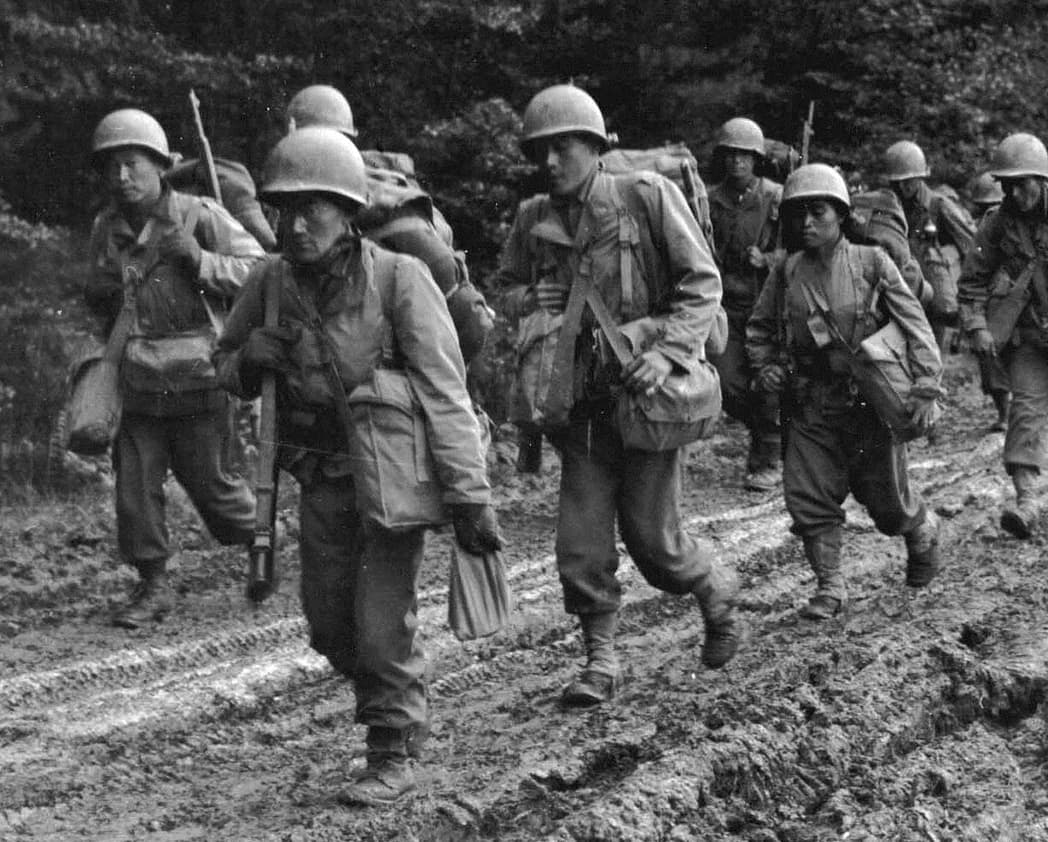
Liberation of Bruyères
Between 15th and the 23rd of October 1944, the 100th/442nd Regimental Combat Team (RCT) drove the German occupiers from Bruyères, Belmonte and Biffontaine. The ranks of the American soldiers who liberated these communities were composed almost entirely of Nisei (second Generation) Japanese-Americans from Hawaii and the Mainland - including some who had earlier been imprisoned in so-called “Internment Camps.” Before arriving in the Vosges, these soldiers had distinguished themselves in fierce battles in Italy including at Monte Casino and Anzio, among others. Following the Liberation of Bruyères and the incredible rescue of the “Lost Battalion,” the 100th/442nd returned to Italy in 1945 and, in a few days, broke the nearly impregnable Gothic Line - a German defensive line that had stopped the American advance for more than five months. For it size and length of service, and known for its “Go for Broke” motto, the 100th/442nd became the most highly decorated military unit in the history of American warfare.
French Forces of the Interior
Young men and women of the French Forces of the Interior (FFI) lead the Nisei liberators through the torturous trails that crisscrossed the mountains. They reported on enemy numbers and positions, and, with often primitive weapon, destroyed enemy assets. Many of these irregular "soldiers" gave their young lives to free their country. The parents of these young men and women became one with the grieving families of Nisei soldiers lost in battle.
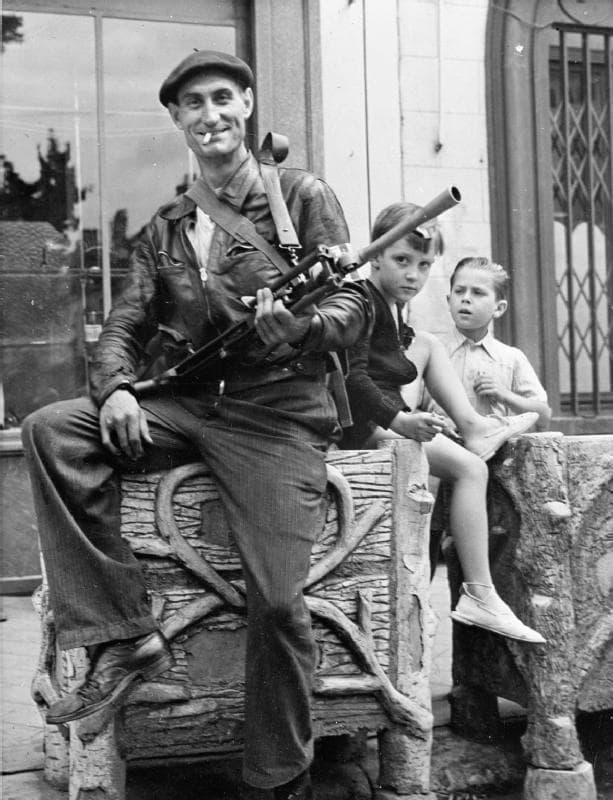
Tell the Story
The purpose of the Heroes of the Vosges Museum is to tell the stories and preserve and display the artifacts of the Nisei liberators and the brave volunteers of the French Forces of the Interior.
Hill 555
In 1947, the grateful but still ravaged town of Bruyères, built on Hill 555 a simple monument in honor of their American liberators. Over the years, the monument has undergone significant changes from its original timber and packed earth construction. Today it is carefully maintained by the town and is open to the public year-round. Every year since 1947, the people of Bruyères, Belmont and Biffontaine gather to celebrate their liberation and to honor the many young Japanese-Americans who sacrificed on their behalf. In 2017, a second monument was added to Hill 555. This large granite addition was designed to represent the shoulder patch worn by the soldiers of the 100th/442nd RCT. Known as the “Torch Monument,” it stands nearly ten feet tall and represents the torch of freedom that was returned to Vosges by Japanese-American soldiers.
Resources
100th Infantry Battalion Veterans Organization
The purpose of this organization is to perpetuate the identity and legacy of the 100th Infantry Battalion; to promote community service, patriotism, and social welfare for the people of Hawai‘i; and to provide a support network for the veterans of the 100th, including those who gave their lives in World War II, and their families.
100th Infantry Battalion Veterans Education Center
The center features an extensive online collection of photographs and documentation of the 100th Infantry Battalion history. The collection can be accessed worldwide through its website, and locally through displays and reference library at the clubhouse.
Nisei Legacy Tours
Follow the go for broke spirit. Walk in the footsteps of the 100th/442nd RCT on the ever-moving frontlines of World War II. Our long-term goal is to not only passively present the presence of the Nisei soldiers in Europe, but ensure the preservation of their legacy here by getting younger generations involved in an active way through restoration projects and exchanges.

